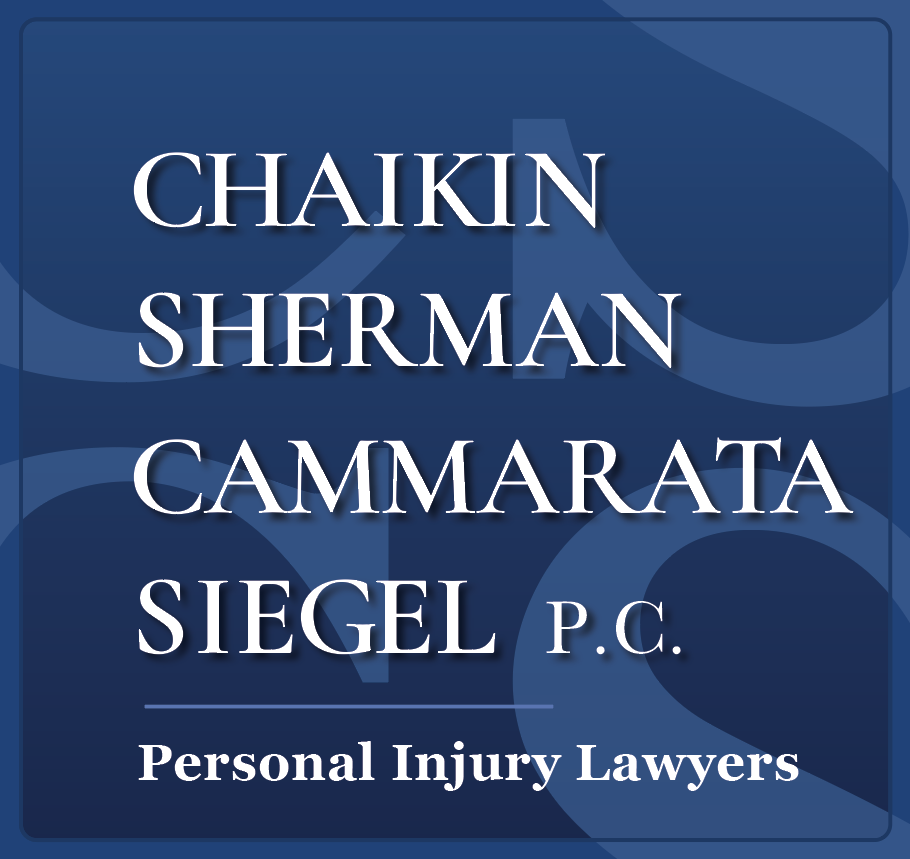Uber has announced that it will cease all public roadway tests of self-driving cars after one of its autonomous vehicles struck and killed a pedestrian in Tempe Arizona late Sunday evening. According to the rideshare company, which has been a champion of driverless technology and self-driving commercial trucks, Uber will pull all driverless vehicles from public roads in Arizona, as well as in San Francisco, Toronto, and Pittsburgh.
While the crash is still being investigated, authorities do know that it occurred in the early morning hours when a self-driving Uber vehicle traveling north struck a 49-year-old woman crossing the street. She was taken to the hospital, where she later died from her injuries. At the time of the crash, a safety driver was behind the wheel, but the vehicle was being operated fully autonomously by the driverless technology. The wreck may be one of the first self-driving vehicle accidents to involve a pedestrian death.
Self-Driving Cars & Safety Concerns
Sunday’s tragic accident is shining a spotlight on driverless vehicle technology, which is slated to be the future of our roadways. Although new advancements like this are exciting, they also raise many questions and concerns. Some of these include:
- Testing on Public Roads – Sunday’s fatal pedestrian accident involved a self-driving Uber vehicle that was part of ongoing testing in Arizona, a state that has openly encouraged the development of driverless technology. Today, more and more driverless vehicles, including self-driving tractor-trailers and commercial trucks, are being tested on public roadways. Because this poses greater risks to motorists, bicyclists, and pedestrians than tests on controlled roads, there are many questions over whether the technology is truly ready to be tested in a public environment. This is largely why Uber has pulled its projects from Arizona and other cities following the crash, and why it may slow the introduction of self-driving cars to the public marketplace.
- Regulations – Uber tests self-driving cars in multiple cities across the country, but its largest projects are in Arizona. That’s because Arizona has welcomed driverless technology at a time when other states are reluctant to allow autonomous vehicles on public roads. Unfortunately, that also means there are virtually no regulations in place governing the vehicles and how they’re used, as well as few laws regarding issues such as liability in auto accidents. The recent crash may lead states like Arizona to pass better legislation, especially laws to protect the public and injured victims, before autonomous vehicles can travel open roadways.
- Safety Drivers – There was one occupant in the self-driving Uber at the time of the pedestrian accident: a safety driver. This driver is intended to take control of the vehicle in certain situations, including those involving emergencies. However, the vehicle was being operated autonomously at the time of the crash. Many experts and safety advocates have raised questions about whether safety drivers are truly effective behind the wheel of self-driving trucks, as it becomes natural for humans to become complacent or inattentive when a task is being performed by a computer. This, they say, is all the more reason to ensure driverless technology is advanced enough to ensure safety at all times it is being used on public roads.
- Ethical Dilemmas – Among the most challenging concerns to address when it comes to driverless vehicles are those involving ethical dilemmas, or situations where technology must make difficult decisions between the “lesser of two evils.” This often comes in the form of decisions involving life or death, such as when a vehicle must decide between crashing into a barrier and injuring passengers or risk hitting a pedestrian with a greater likelihood of death. These types of dilemmas and hypothetical situations aren’t always handled well by human drivers, but they must be decided upon collectively by our society and lawmakers and programmed into driverless technology. Uber’s recent accident will likely result in an increased focus on this issue.
Uber’s fatal pedestrian crash is a tragedy, and one that must be addressed comprehensively if driverless vehicles are to be the future of the auto industry. That includes ensuring technology is up to par and tested properly prior to their proliferation on our roadways. While self-driving vehicles may reduce risks posed by driver negligence and error, they introduce new risks and concerns of their own. As with any product or new technology, development and profits should not compromise public safety, or result in these risks being overlooked.
Our legal team at Chaikin, Sherman, Cammarata & Siegel, P.C. has been fighting on behalf of injured victims and families throughout Washington, DC, Maryland, and Virginia for over 45 years. During that time, we have seen how new technology and trends have created new risks, as well as how laws have adapted to address new issues. As personal injury lawyers, we’re prepared to help victims fight for the justice and compensation they deserve – whether they’ve been harmed by a negligent driver or as the result of new technology. If you would like to discuss a car accident case with a member of our team, contact us for a free case evaluation.
